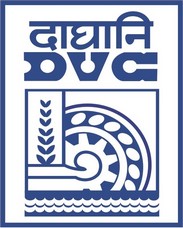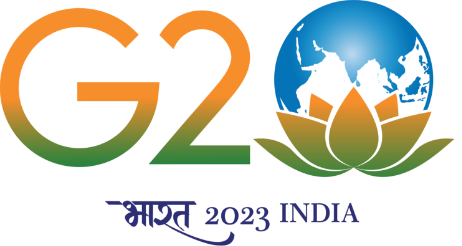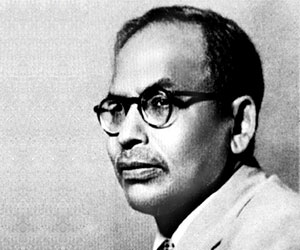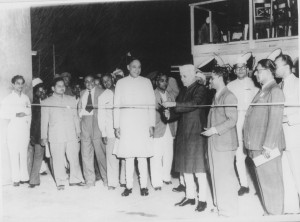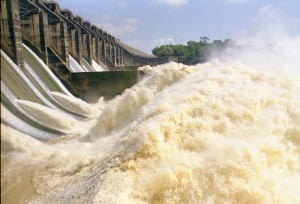Overview
DVC emerged as a culmination of attempts made over a whole century to control the wild and erratic Damodar River. The valley has been ravaged frequently by floods at varying intensities. Serious floods occurred in 1730, 1823, 1848, 1856, 1882, 1898, 1901, 1916, 1923, 1935 & 1943.The river spans over an area of 25,000 sq. kms covering the states of Bihar (now Jharkhand) & West Bengal.
The catastrophe caused by the1943 flood, led to serious public indignation against the Government. As a result, the Government of Bengal appointed a board of Enquiry titled “Damodar Flood Enquiry Committee” with the Maharaja of Burdwan and the noted physicist Dr. Meghnad Saha as members for suggesting remedial measures.
Dr. B.R.Ambedkar, as a member of Cabinet of pre-independence, played a pivotal role in the coordinated efforts for development of the Damodar basin by the Central Government. He pursued relentlessly for the development proposal for Damodar Valley.
The Damodar Flood Enquiry Committee suggested creation of an authority similar to the Tennessee Valley Authority (TVA) in the USA, and recommended the construction of dams and storage reservoirs at the sites with a total capacity of 1.5 millions acre ft. (1.850 millions cu. M) and highlighted the possibilities of multipurpose development in the valley area. The Govt. of India then commissioned the ‘Central Technical Power Board’ to study the proposal and appointed Mr. W L Voorduin, a senior engineer of the TVA to study the problem at the Damodar and to make his recommendation for comprehensive development of the valley. Accordingly in August, 1944 Mr. Voorduin submitted his ‘Preliminary Memorandum on the unified Development of the Damodar River.’
Mr. Voorduin’s “Preliminary Memorandum” suggested a multipurpose development plan designed for achieving flood control, irrigation, power generation and navigation in the Damodar Valley. Four consultants appointed by the Government of India examined it. They also approved the main technical features of Voorduin’s scheme and recommended early initiation of construction beginning with Tilaiya to be followed by Maithon.
By April 1947, full agreement was practically reached between the three Governments of Central, West Bengal and Bihar on the implementation of the scheme and in March 1948, the Damodar Valley Corporation Act (Act No. XIV of 1948) was passed by the Central Legislature, requiring the three Governments, The Central Government and the State Governments of West Bengal and Bihar (now Jharkhand) to participate jointly for the purpose of building the Damodar Valley Corporation.
The Corporation came into existence on 7th July, 1948 as the first multipurpose river valley project of independent India.
